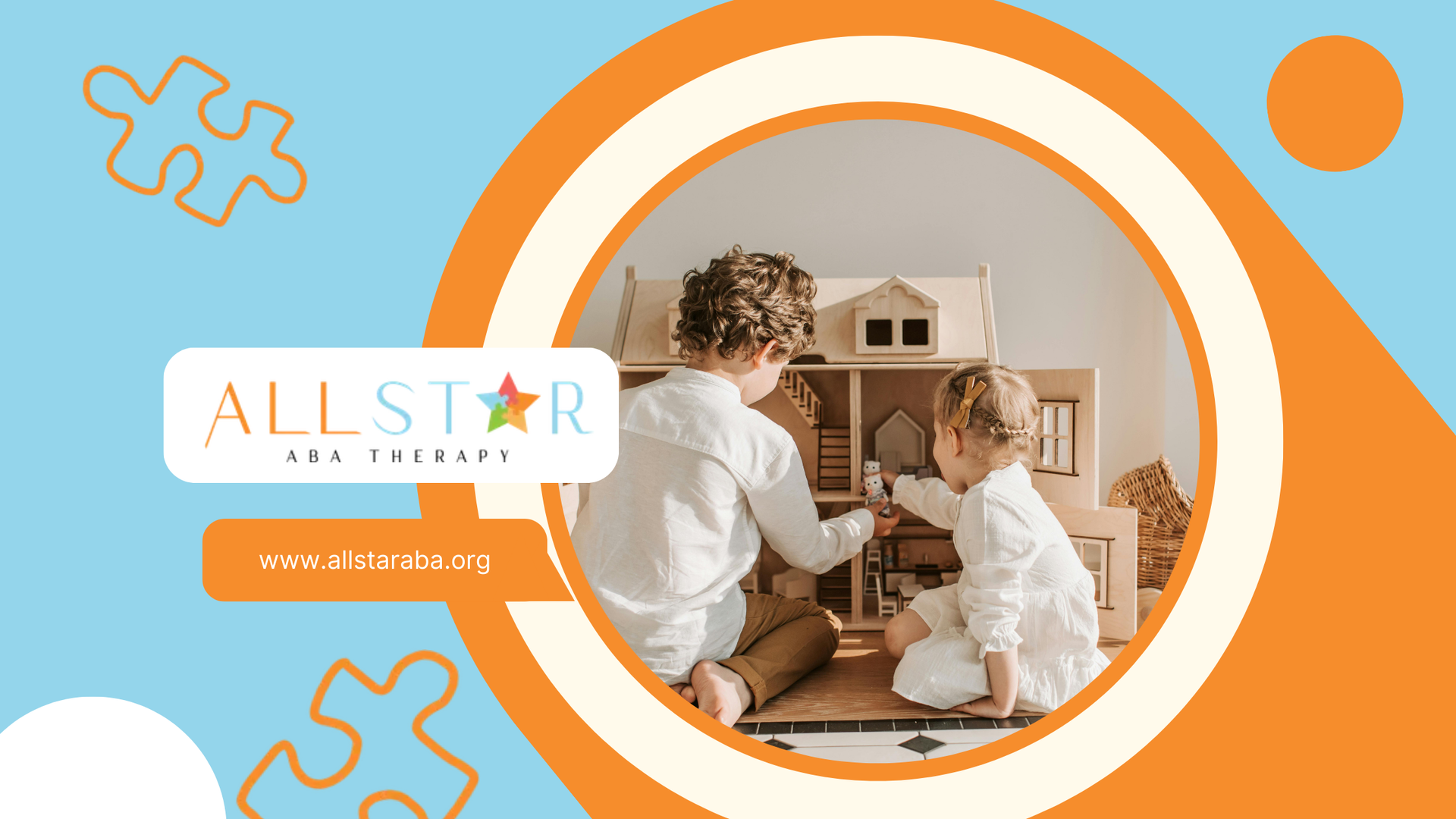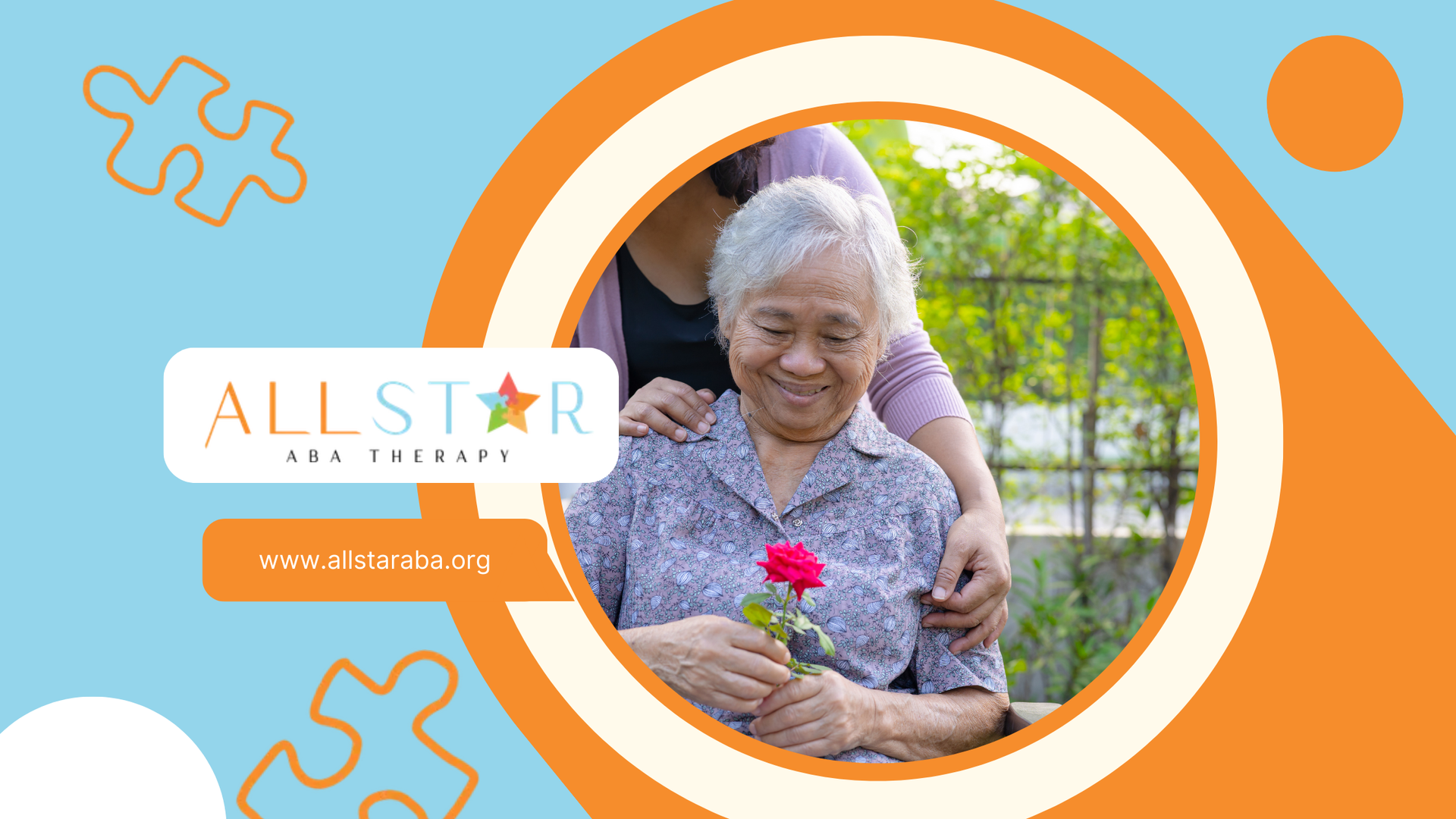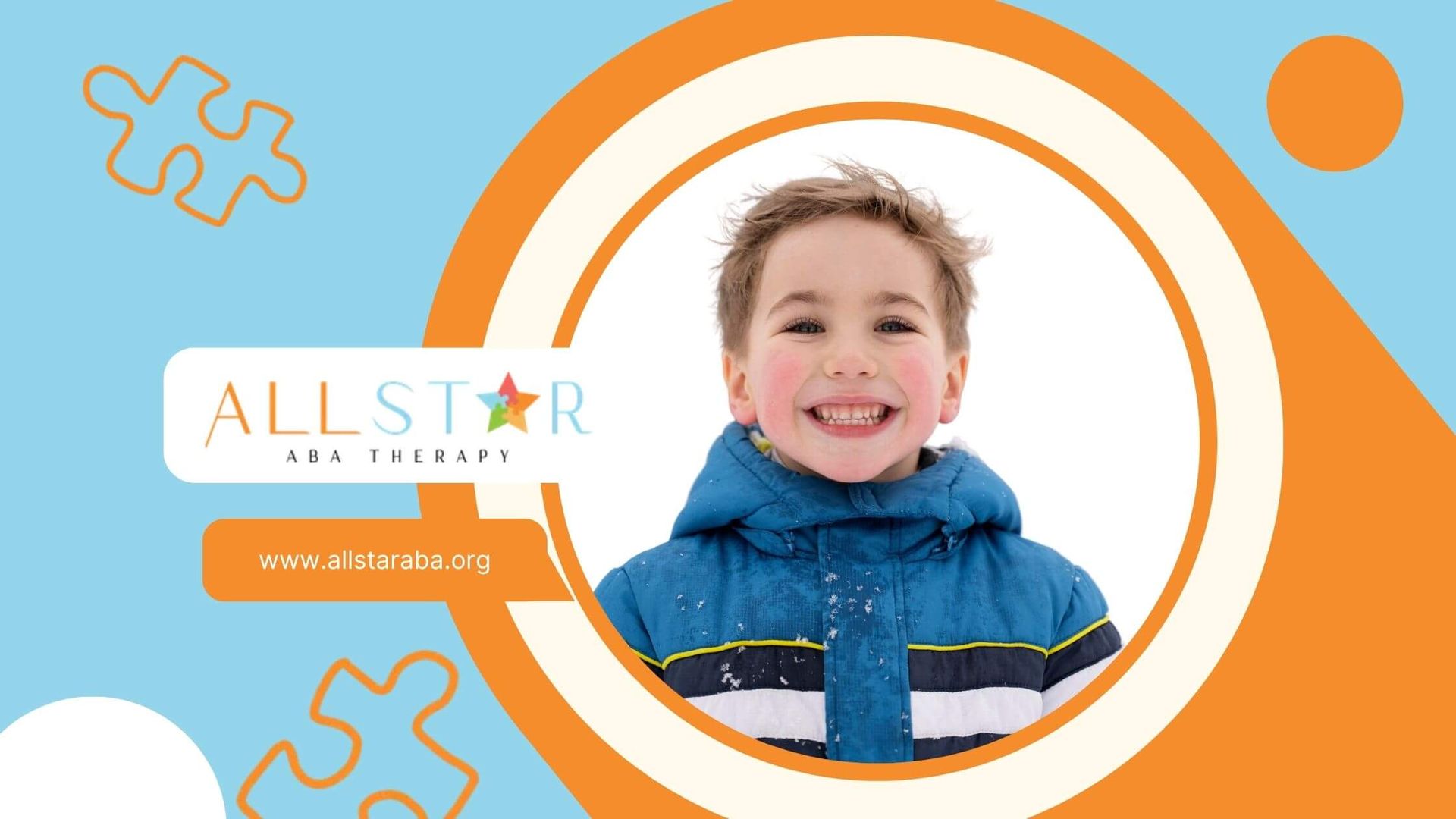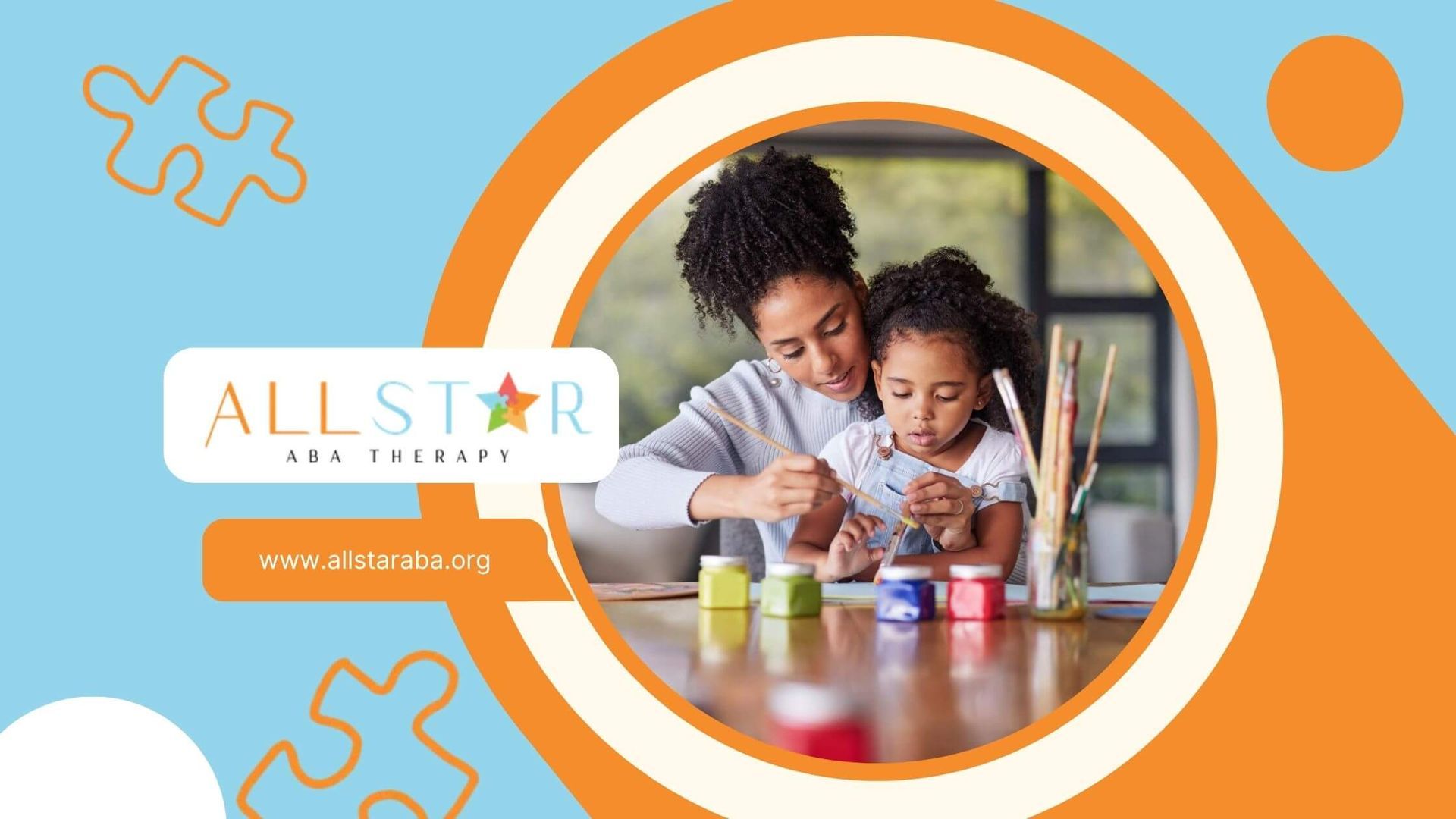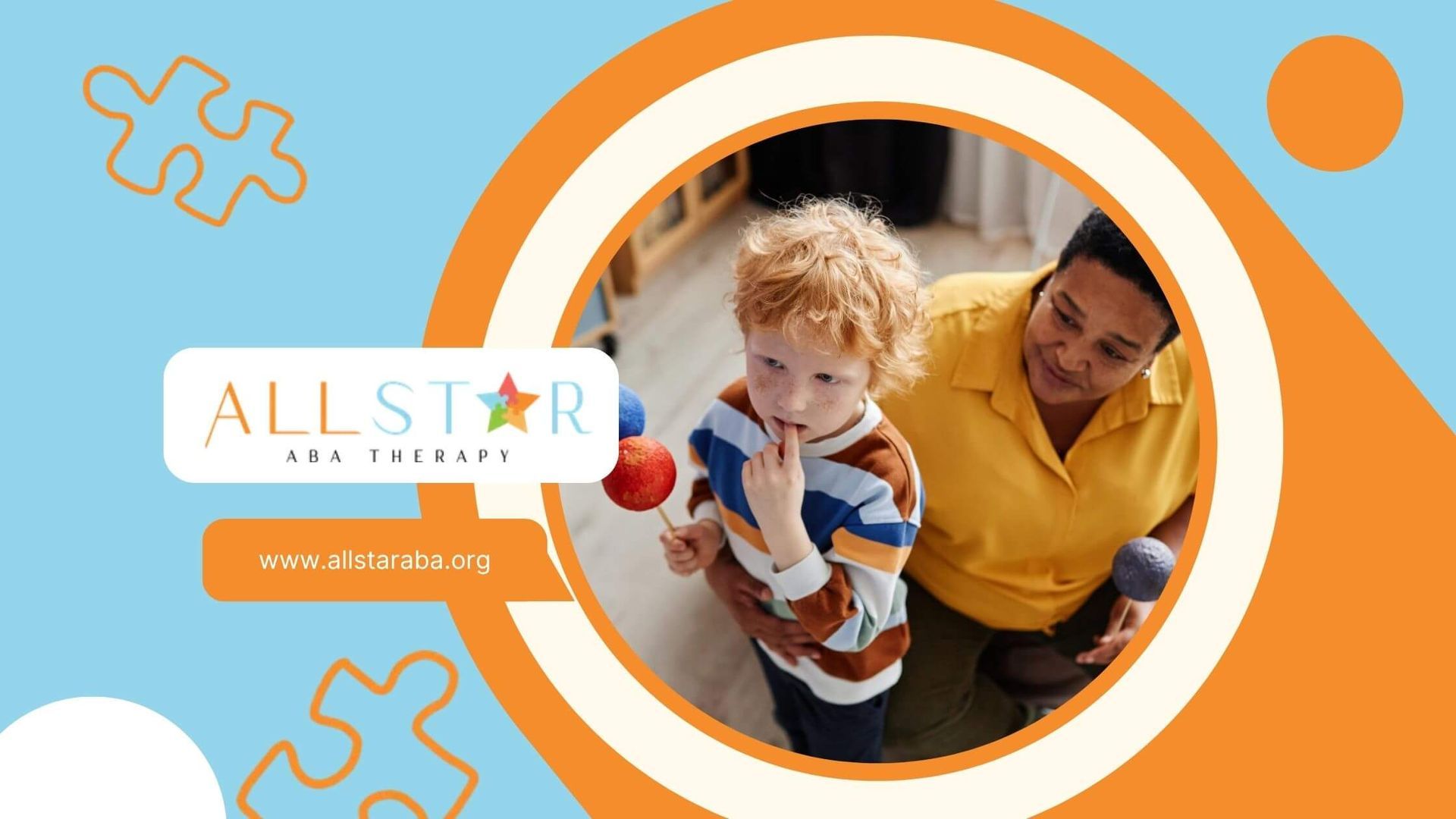New Paragraph
The Benefits of Sensory Rocking Chairs for Children With Autism
For many children with autism, the world can feel overwhelming at times. Sensory tools are often used to bring comfort and calm, and one of the most popular options is a sensory rocking chair. But why does it help, and how can families use it at home?
A sensory rocking chair provides gentle, rhythmic movement that helps regulate the nervous system. For kids who experience sensory overload, rocking can create a soothing effect, reduce stress, and improve focus.
Think of it like the calming motion babies experience when being rocked to sleep — it’s the same principle, but adapted for children and adults who benefit from sensory input.
These chairs come in different styles, from classic wooden rockers to modern designs with deep, cushioned seats or even cocoon-like shells. Some are small enough for a bedroom corner, while others are designed for schools and therapy centers. The key is finding a chair that feels safe, comfortable, and inviting for your child.
Families often notice that a sensory rocking chair isn’t just about comfort — it can also support skill-building. Rocking may help children regulate emotions before homework time, calm down after a stressful transition, or simply enjoy a quiet moment. Teachers and therapists also use them in sensory rooms to promote self-regulation during the school day.
At All Star ABA, we encourage families to explore tools that complement therapy at home. Whether paired with in-home ABA therapy, center-based ABA therapy, ABA therapy in school, or ABA parent training, a sensory rocking chair can become part of a supportive environment where children feel safe, calm, and ready to learn.
FAQs
Are sensory rocking chairs only for young children?
No, they can be helpful for children, teens, and even adults with autism.
How do sensory rocking chairs help with autism?
The rocking motion provides calming sensory input, helping reduce anxiety and improve focus.
Where should families use a sensory rocking chair?
Anywhere your child feels comfortable — bedrooms, sensory spaces, classrooms, or therapy rooms.
Need Support?
We're Here to Help!
Our experienced team is ready to assist you. Reach out today to discuss how we can support your child's development and well-being.
Get started with expert ABA therapy today.



